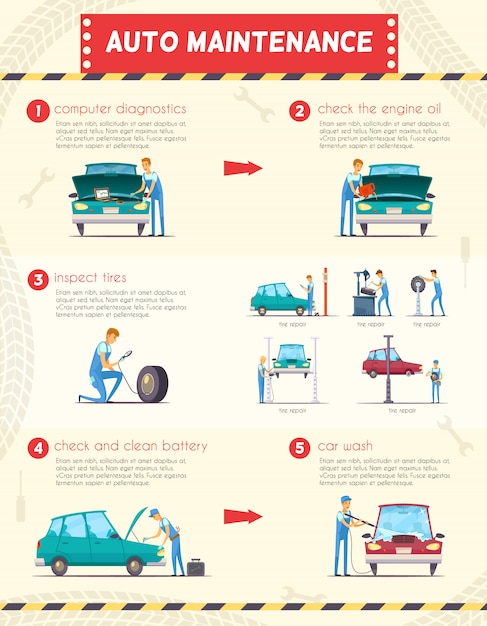Deciphering Your Car'S Warning Indicators: What They Genuinely Indicate
Deciphering Your Car'S Warning Indicators: What They Genuinely Indicate
Blog Article
Material By-Samuelsen Winters
When you lag the wheel, those glowing caution lights on your dashboard can be a little bit puzzling. Do you understand what they're trying to inform you concerning your auto's wellness? Recognizing the significance of these lights is important for your safety and security and the longevity of your vehicle. So, the next time among those lights pops up, wouldn't you want to decode its message precisely and take the needed steps to address it?
Common Caution Lights and Interpretations
Identify typical warning lights in your auto and understand their significances to make certain secure driving.
One of the most regular caution lights consist of the check engine light, which signifies concerns with the engine or discharges system. If this light comes on, it's vital to have your vehicle examined promptly.
The oil stress warning light suggests reduced oil pressure, requiring prompt interest to stop engine damage.
A flashing battery light might recommend a malfunctioning billing system, possibly leaving you stranded if not addressed.
The tire stress surveillance system (TPMS) light notifies you to low tire pressure, affecting lorry stability and fuel effectiveness. Disregarding this might bring about unsafe driving conditions.
The abdominal light suggests a problem with the anti-lock stopping system, compromising your capability to quit promptly in emergencies.
Lastly, the coolant temperature alerting light warns of engine overheating, which can result in severe damage if not resolved promptly.
Understanding these common warning lights will certainly assist you attend to issues immediately and maintain risk-free driving problems.
Importance of Prompt Focus
Recognizing the common warning lights in your automobile is just the very first step; the significance of quickly resolving these warnings can not be stressed enough to guarantee your safety and security on the road.
When a warning light brightens on your control panel, it's your car's method of communicating a possible problem that needs attention. Disregarding these warnings can lead to much more serious troubles later on, endangering your safety and possibly costing you a lot more out of commission.
Trigger attention to warning lights can avoid break downs and accidents. As an example, a blinking check engine light could suggest a misfire that, if left ignored, can create damages to the catalytic converter. Addressing this immediately can save you from an expensive repair service.
In mouse click the up coming post , a brake system cautioning light could indicate reduced brake liquid or used brake pads, vital parts for your security when driving.
Do It Yourself Troubleshooting Tips
If you observe a caution light on your control panel, there are a couple of DIY troubleshooting suggestions you can try prior to looking for specialist assistance.
The initial step is to consult your automobile's handbook to understand what the particular caution light indicates. Occasionally https://www.carandbike.com/news/eight-tips-for-keeping-your-car-cool-in-the-summer-2875471 can be as simple as a loose gas cap setting off the check engine light. Tightening up the gas cap might solve the problem.
One more typical problem is a low battery, which can cause various cautioning lights. Checking the battery connections for rust and ensuring they're safe may deal with the issue.
If a caution light lingers, you can attempt resetting it by separating the auto's battery for a few minutes and afterwards reconnecting it. Additionally, inspecting your automobile's fluid degrees, such as oil, coolant, and brake fluid, can help repair cautioning lights associated with these systems.
Verdict
In conclusion, comprehending your automobile's warning lights is important for maintaining your lorry running efficiently and securely. By promptly resolving these alerts and recognizing what they mean, you can avoid pricey fixings and prospective break downs.
Keep in mind to consult your auto's guidebook for specific information on each warning light and do something about it as necessary to guarantee a trouble-free driving experience.
Keep educated, remain risk-free when traveling!
